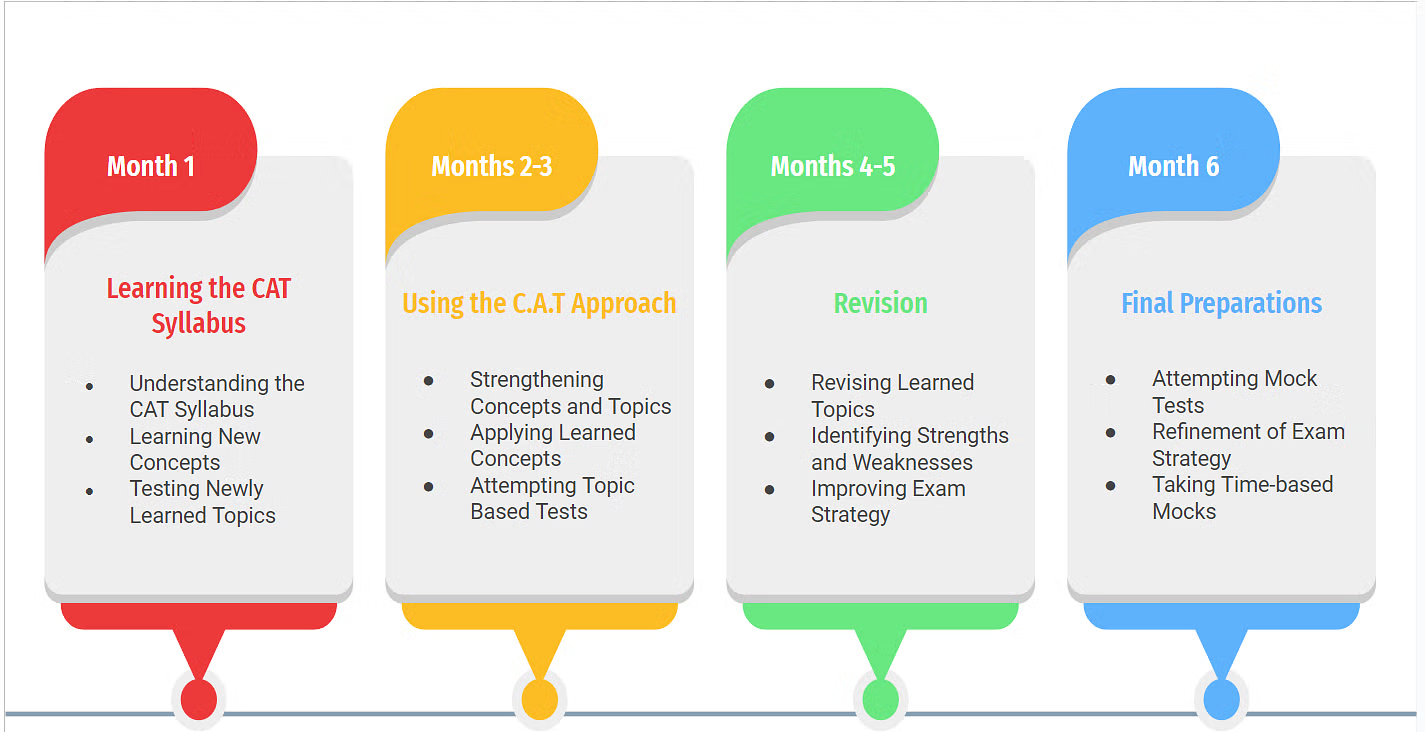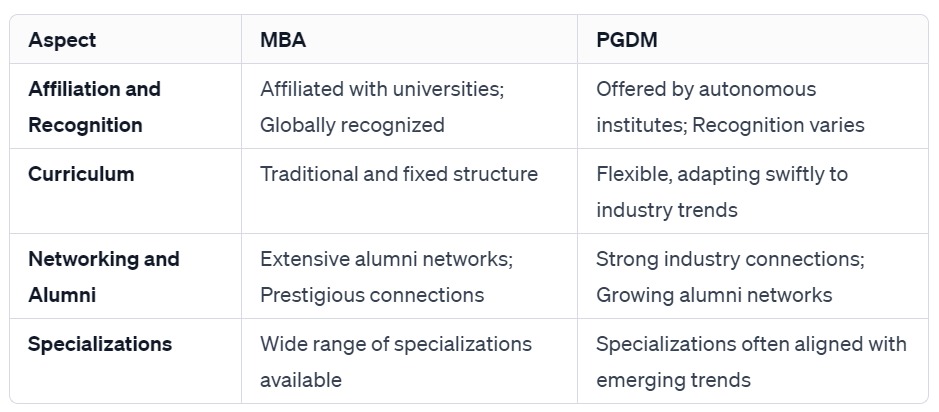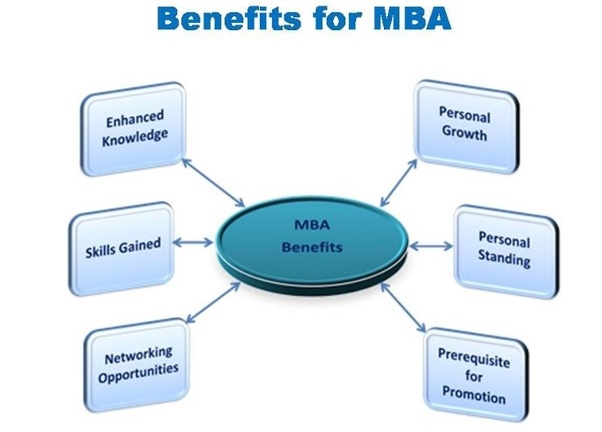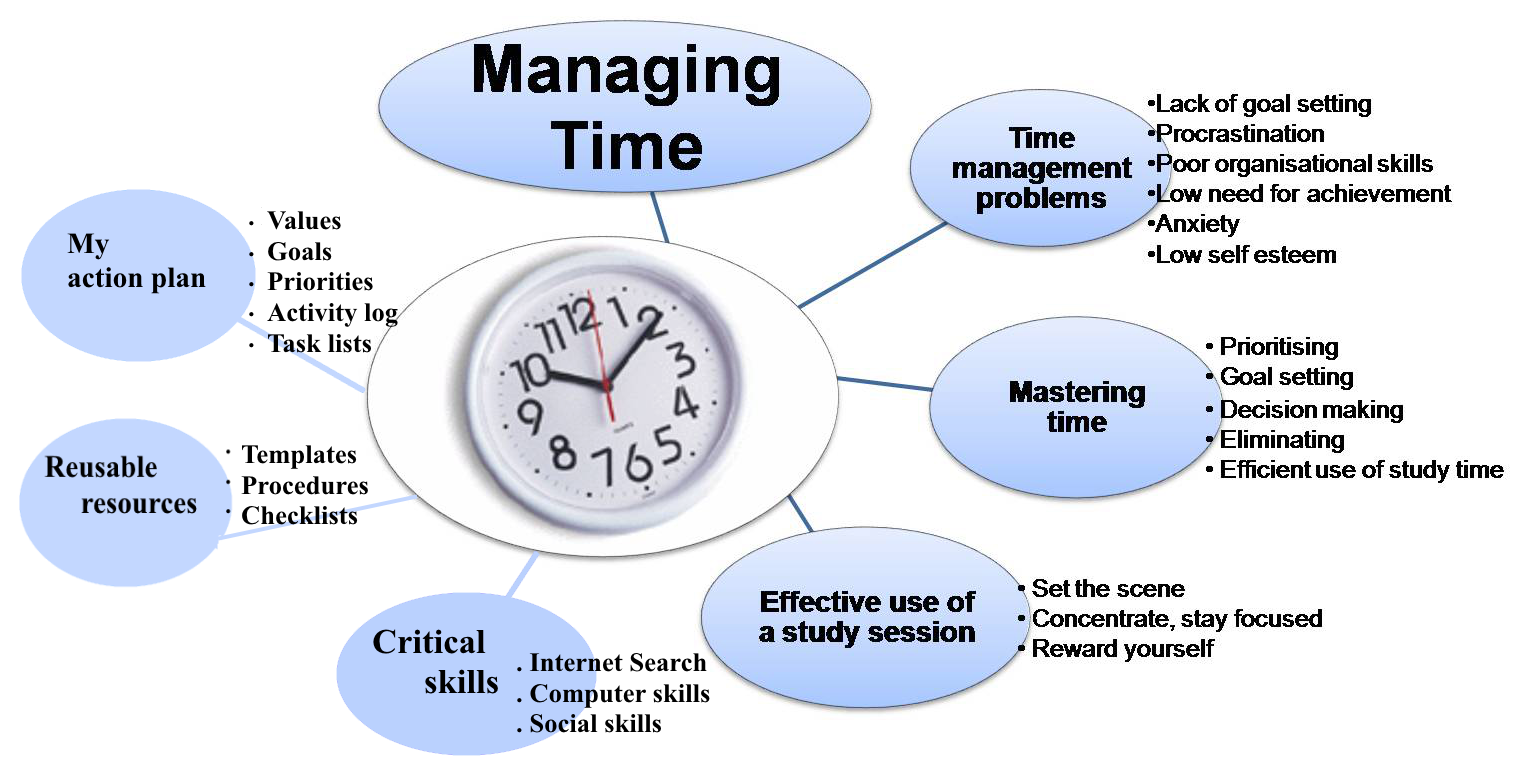CAT 2024 Strategy Unveiled
Introduction:
The Common Admission Test (CAT) is the gateway to premier business schools in India, and as the calendar turns to 2024, aspirants are gearing up for the challenge. Crafting a successful strategy is key to navigating the CAT and securing admission to your dream MBA program. In this blog, we'll unravel a comprehensive CAT 2024 strategy to help you ace the exam and stand out in the competitive landscape.
"For the latest information on MBA important dates for 2024, please visit the official website of the respective universities or business schools : https://iimcat.ac.in/"
Understanding the CAT Exam:
1. CAT Exam Pattern:
Understand the CAT exam pattern, which includes three sections:
- Verbal Ability and Reading Comprehension (VARC)
- Data Interpretation (DI)
- Logical Reasoning (LR)
- Quantitative Ability (QA).
2. Mock Tests are Your Best Allies:
Begin early with regular mock tests. These simulate exam conditions, helping you manage time effectively and identify strengths and weaknesses.
3. Sectional Proficiency:
Identify your strong and weak sections. Allocate time for each section based on your proficiency, ensuring balanced preparation.

Crafting Your CAT 2024 Strategy:
1. Start Early, Stay Consistent:
Begin your preparation early to allow gradual learning and revision. Consistency is key; allocate fixed hours daily for focused study sessions.
2. Master the Basics:
Brush up on fundamental concepts in Quant, VARC, and DILR. A strong foundation is crucial for tackling advanced problems.
3. Section-wise Approach:
Devote specific time to each section based on your strengths and weaknesses. Focus on improving weaker areas while enhancing your strengths.
4. Mock Tests and Analysis:
Take regular mock tests and thoroughly analyze them. Understand the types of mistakes made and work on improving accuracy and speed.
5. Stay Healthy:
Physical and mental well-being are crucial. Ensure a balanced diet, regular exercise, and adequate sleep to maintain peak performance during the exam.
CAT Preparation FAQs
Q1: What is CAT and why is it important?
Ans: CAT, or the Common Admission Test, is a crucial entrance exam for admission to prestigious business schools in India, primarily the Indian Institutes of Management (IIMs). It's a gateway to top-tier management education and career opportunities.
Q2: When is the best time to start CAT preparation?
Ans: It's advisable to start CAT preparation early, ideally six to eight months before the exam. Early preparation allows for gradual learning and systematic coverage of topics.
Q3: How should I create a study plan for CAT preparation?
Ans: Design a study plan based on your strengths and weaknesses. Allocate time to each section, focus on consistent practice, and include regular mock tests for evaluation.
Q4: What are the essential topics to cover for CAT preparation?
Ans: Focus on Quantitative Ability, Verbal Ability and Reading Comprehension, and Data Interpretation and Logical Reasoning. Strengthen your basics, and stay updated on current affairs for the General Awareness section.
How CAT Credentials will help you achieving your Goal :
The MBA program of the CAT Credentials offers students a chance to study and prepare for the CAT 2024 exam in the best possible and affordable way. This program targets undergraduates and aims to improve their chances of success on the CAT 2024 exam. It offers a comprehensive and focused approach, covering all sections of the CAT 2024 exam. With this program, students will have the tools and resources they need to succeed on the exam. The MBA program of the CAT Credentials is led by top industry experts who have an average experience of 12+ years. These experts are qualified and have a deep understanding of the CAT exam. They dedicate themselves to helping students succeed and have a proven track record of success in doing so.
Yet confused? book a free counselling session with Cat Credentials, Call us now. .
Get free Previous Year Books download from the provided link:
- CET PYQ Practice set 1: https://resource.prepcrazy.com/book?CET-PYQ-Practice-Set-1-by-Cat-Credentials
- CET PYQ Practice set 2:https://resource.prepcrazy.com/book?CET-PYQ-Practice-Set-2-by-Cat-Credentials
- CET PYQ Practice set 3 :https://resource.prepcrazy.com/book?CET-PYQ-Practice-Set-3-by-Cat-Credentials
Why CAT Credentials MBA program is best?
- 250+ Hours of classroom lectures
- Hard Copy of Notes
- Practice Videos
- Portal Access with (Sectional/ Topic test)
- 30+ Mock Tests
- Doubt Solving Session
- Individual Guidance
- Profile making
- GDPI
- Foundation Building For MBA
Last-Minute Tips:
1. Revision is Key
2. Stay Calm During the Exam
3. Review Before Submission
Conclusion:
Success in CAT 2024 is not just about what you know; it's about how you apply that knowledge strategically. Crafting a well-thought-out strategy, staying disciplined, and adapting to your strengths and weaknesses will position you for success. Best of luck on your CAT journey, and may you unlock the doors to your dream MBA program! 🌟
We have a free Demo Session Every Saturday & Sunday
For Demo Session Call us on : 9534001122
Location: https://maps.app.goo.gl/m7UHgHiLxNg9Nxk7A\
Follow Us on socials or daily updates: 🔔
Instagram: https://www.instagram.com/cat_credentials
Youtube: https://www.youtube.com/@catcredentials4870








